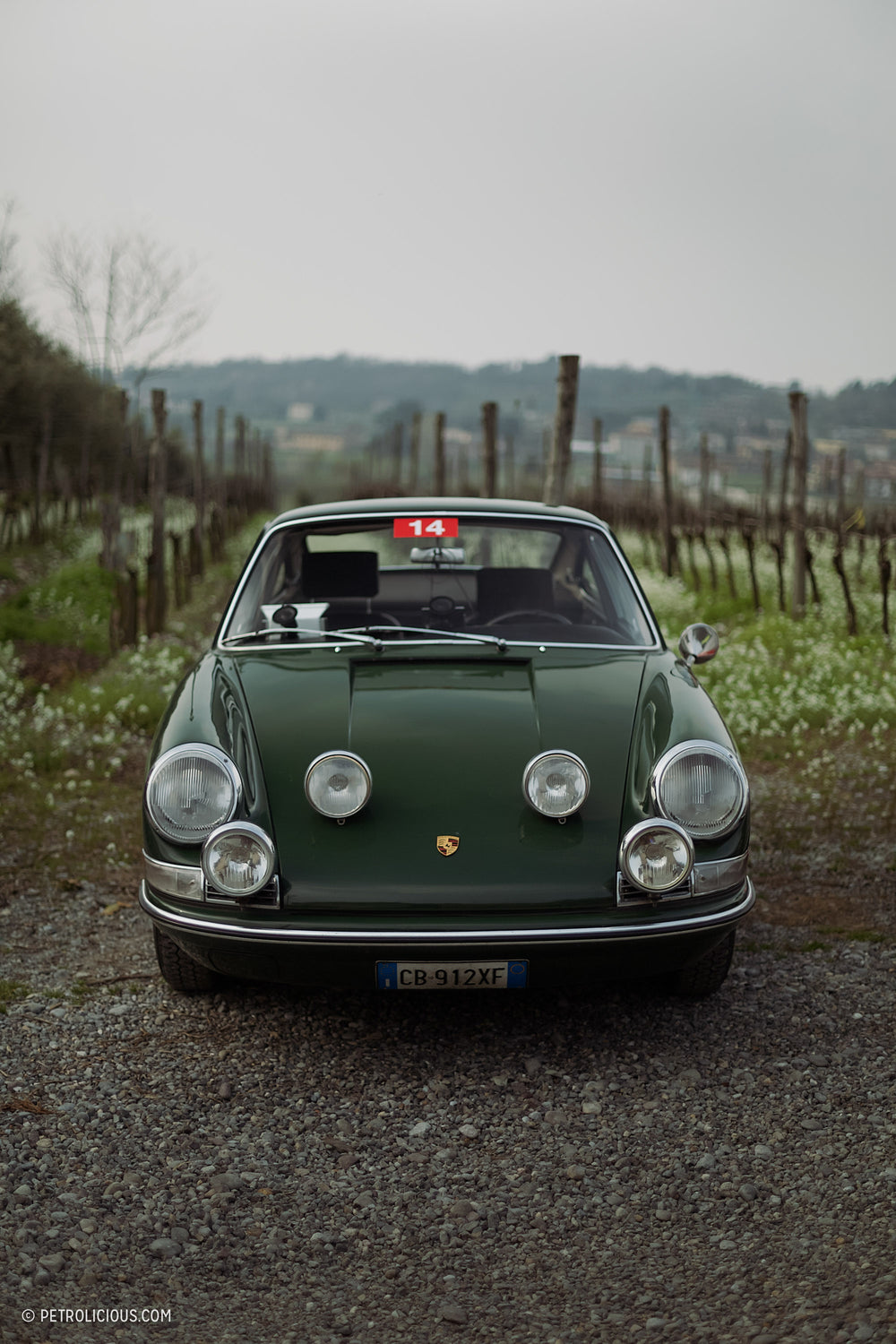




We all have our preferences, but I would imagine I'm not alone in thinking that a troupe of vintage sports cars bombing around Lake Iseo and the northern Italian countryside that makes up the mountains and valleys that surround it would be one of the better ways to spend a weekend behind the wheel. Never heard of Lago d'Iseo? I hadn't either, and to be clear, I didn't attend this event. Our friend and photographer Rosario Liberti was able to follow the regularity race around the sweeping lakeside roads and the through the quaint claustrophobia of the towns in between, revealing the charms of this type of event.




One could easily fill up a few seasons of the year with classic car-based driving events across continental Europe, and it might not be off base to say you could do the same in Italy alone. The quantity doesn't mean there's a lack of quality though—those are not inherently polarizing ideas—and there is variety within the mix. Just as we'd all scoff at somebody thinking all "car people" like the same things, why should we assume that every vintage road rally will be the same? Sure it's hard to avoid narrow cobblestone lanes and sweeping views of the country's beautiful topography, but why would anyone want to? There are larger and more bombastic events out there like the Targa Florio,but as amazing as that is , it's not the thing you'd want to enter if you were looking for an idyllic drive through some rolling hills.











The Franciacorta Historic might not have the hundred years of history as that race either, but it's been run since 2008, and so it's fair to assume some staying power—plenty fade away after the first few years. It's not hard to see why this one's been successful at adopting the formula, but I'll stop yakking and let the pictures do it the job more eloquently.






























































